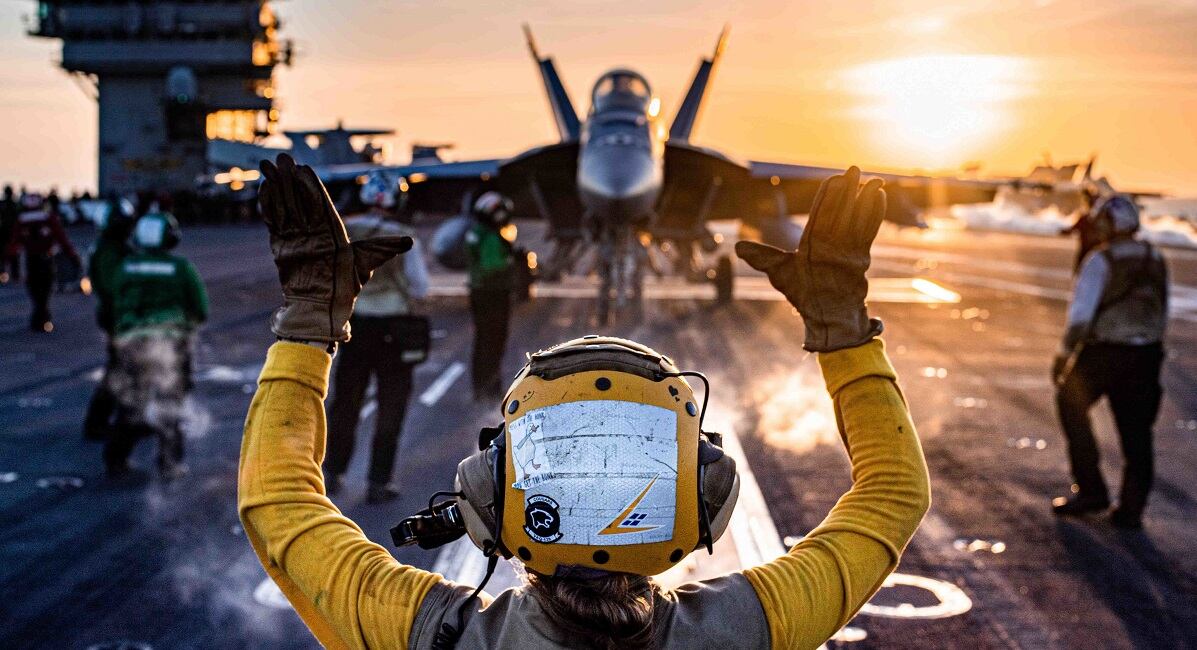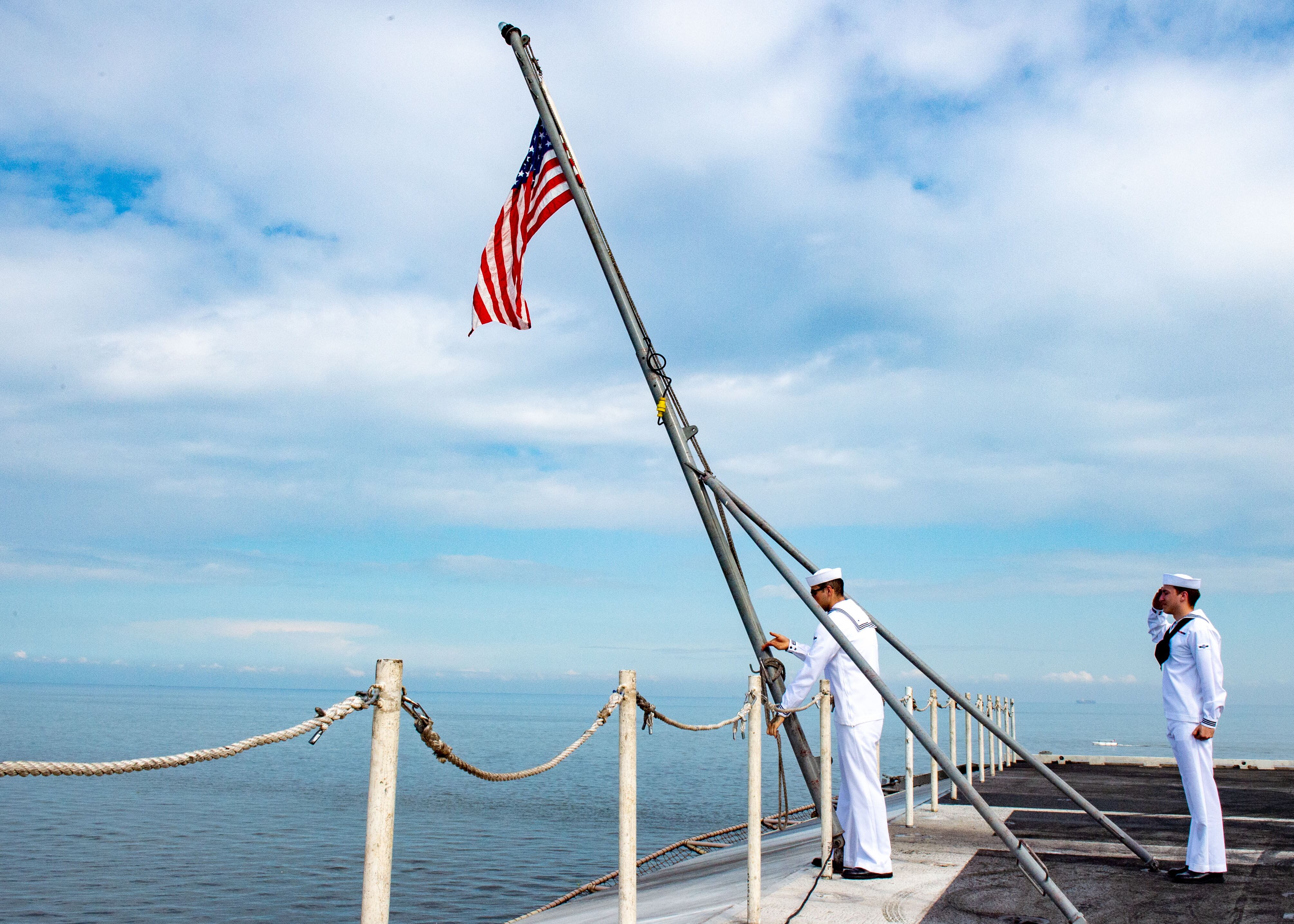The aircraft carrier Ronald Reagan began a port call in Manila, Philippines, on Saturday, a visit that comes amid tensions between China and the U.S. ally over territorial claims in the South China Sea.
Reagan, the Navy’s Japan-based carrier, last visited Manila in October 2022, and Navy officials said this recent visit was planned in advance and was not a response to the latest flare-up between Beijing and Manila.
Still, Reagan’s arrival showcases the rejuvenated alliance between the United States and the Philippines in the face of China’s increased maritime assertions in the region.
It also puts some gray hulls behind recent U.S. warnings that it would defend the Philippines in case of an armed attack after Chinese ships blocked and collided with two Filipino vessels near the contested Second Thomas Shoal in the South China Sea on Oct. 22.
No injuries were reported but the encounters damaged a Philippine coast guard ship and a wooden-hulled supply boat operated by navy personnel, officials said.
RELATED

Philippine diplomats summoned a Chinese Embassy official in Manila the following day for a strongly worded protest.
President Ferdinand Marcos Jr. called an emergency meeting with the defense secretary and other top military and security officials to discuss the latest hostilities in the disputed waters.
The Philippines and other neighbors of China have resisted Beijing’s sweeping territorial claims over virtually the entire South China Sea, and some, like Manila, have sought U.S. military support as incidents multiply.
Reagan was joined on its Manila port call by the cruisers Robert Smalls and Antietam.
“The entire crew is eager to sightsee, participate in community relations projects, and experience the rich culture, cuisine, and history here,” Reagan’s commanding officer, Capt. Daryle Cardone, said in a statement announcing the port call. “The Filipino people have always welcomed the entire crew, and we are grateful to return.”
RELATED

The United States and the Philippines announced an agreement in February that would give U.S. troops access to nine bases in the archipelago nation, several of which face or abut the South China Sea north of the Philippines.
This latest pact does not allow for U.S. troops to be permanently stationed on the islands.
The Navy operated out of a sprawling base at Subic Bay for nearly a century before it was shuttered in 1992.
The Associated Press contributed to this report.
Geoff is the managing editor of Military Times, but he still loves writing stories. He covered Iraq and Afghanistan extensively and was a reporter at the Chicago Tribune. He welcomes any and all kinds of tips at geoffz@militarytimes.com.





